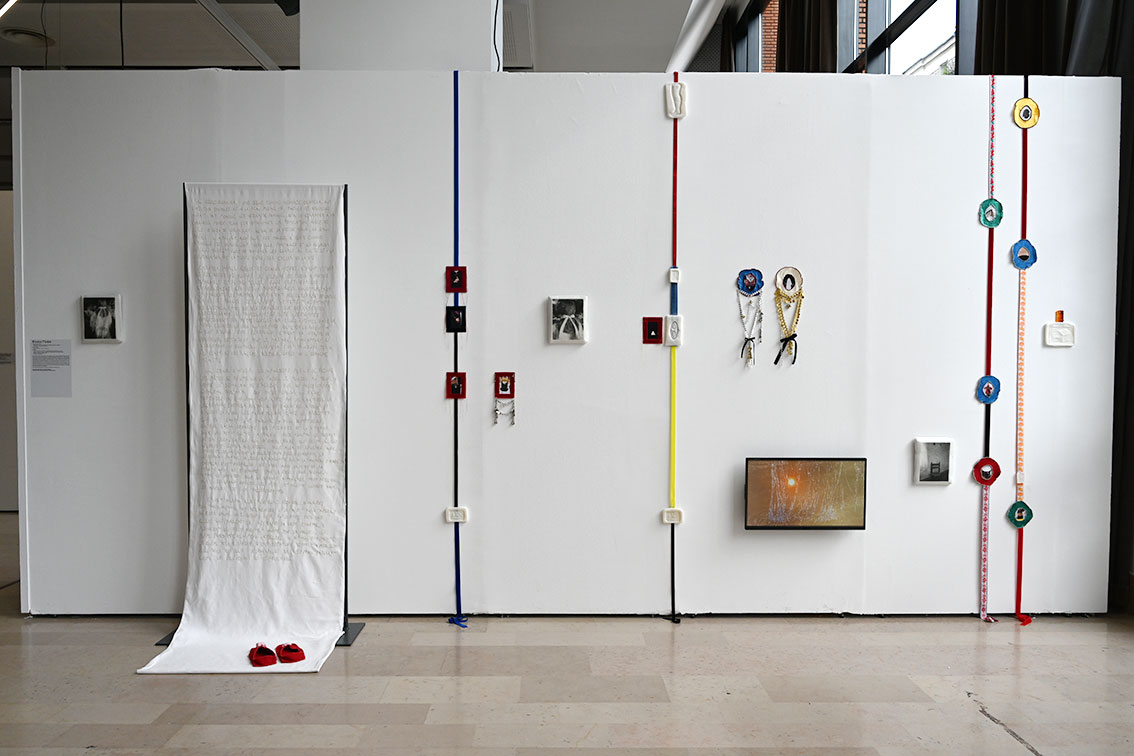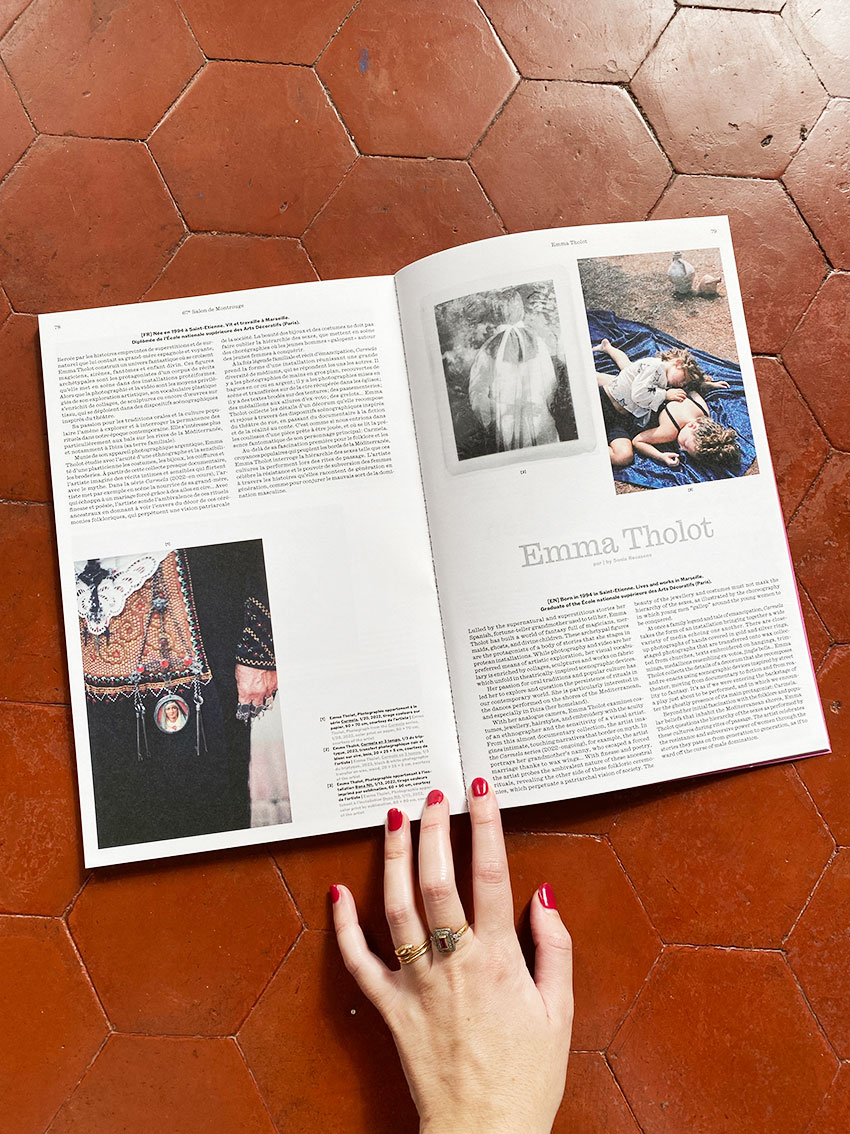Le marin et de la sirène ~
Au siècle dernier, une jeune femme nommée Carmela, aux cheveux ondulés et à la peau pleine de tâches de rousseur, aurait fait fondre les bijoux de la famille, afin d’échapper à un mariage forcé. Tous les dimanches, la population aisée de l’île d’Ibiza se réunissait au bal de la vieille ville, le ball pagès. Il arrivait aussi que ces danses, à forte charge rituelle, se déroulent vers les fontaines et les sources d’eau, susceptibles de ramener les gestes au culte et à la célébration de la terre mère, des cycles de la vie. Carmela, mères, soeurs et grands-mères, étaient vêtues de ces robes de rubans, de velours, de tissus à motifs espagnols et de dentelles. Elles portaient des emprendadas, ces bijoux traditionnels, constitués d’or et d’argent. Les hommes affichaient des ensembles de coton, blancs et rouges, et un petit instrument du rythme : des castagnettes de bois, gravées. Sur des cadences d’origine arabe, de tambour et de flûte, les femmes effectuaient des petits cercles sur elle-mêmes sans jamais tourner le dos aux hommes qui « galopaient » autour d’elles. Ces cérémonies étaient en réalité de véritables institutions pour le mariage. N’acceptant ni injections, ni soumission, Carmela s’est toujours tenue à l’écart de ces valses déséquilibrées de l’Espagne machiste. (...)
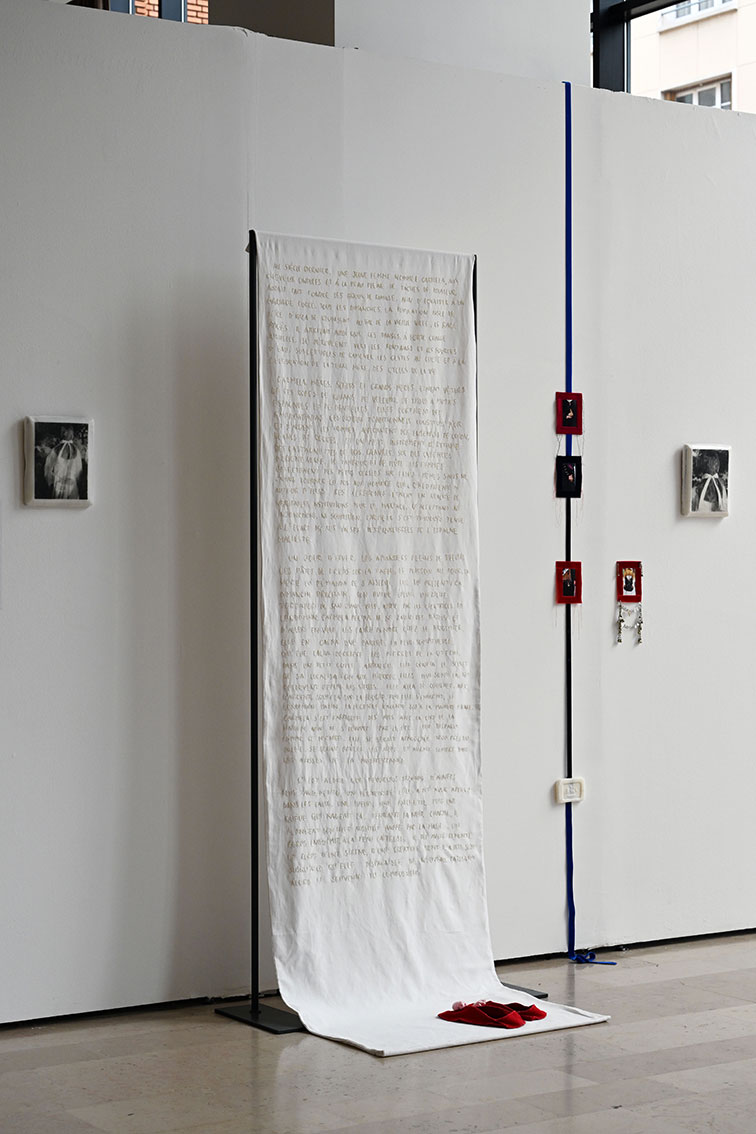
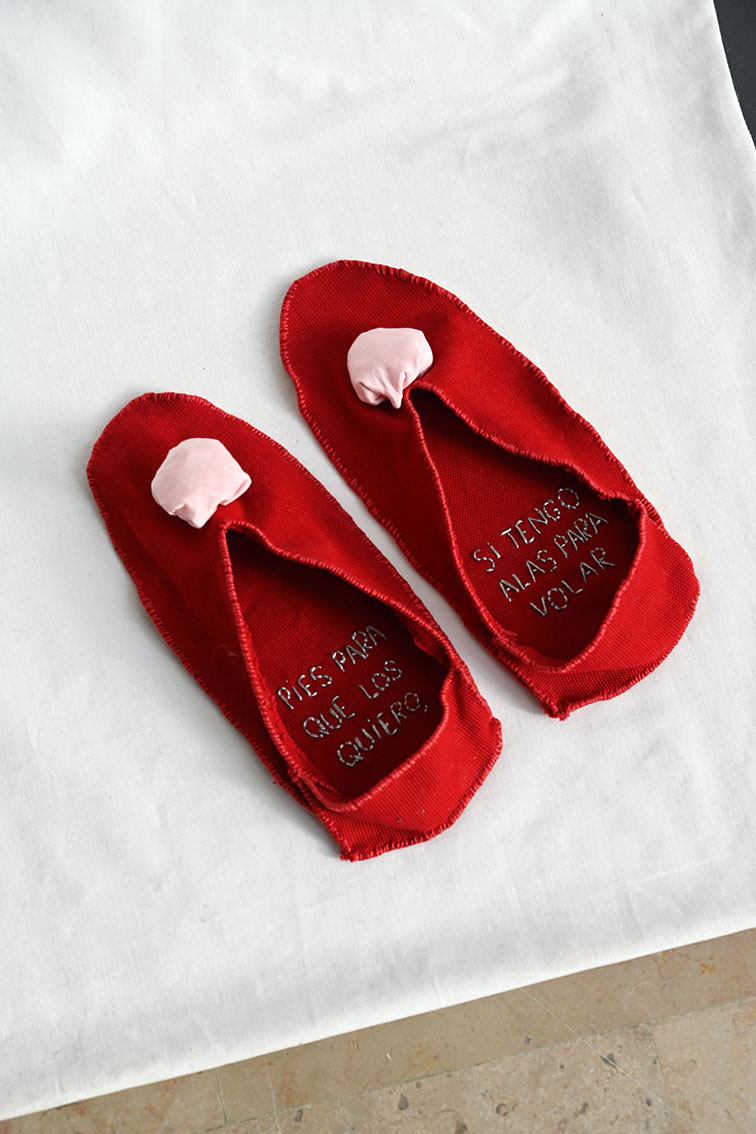
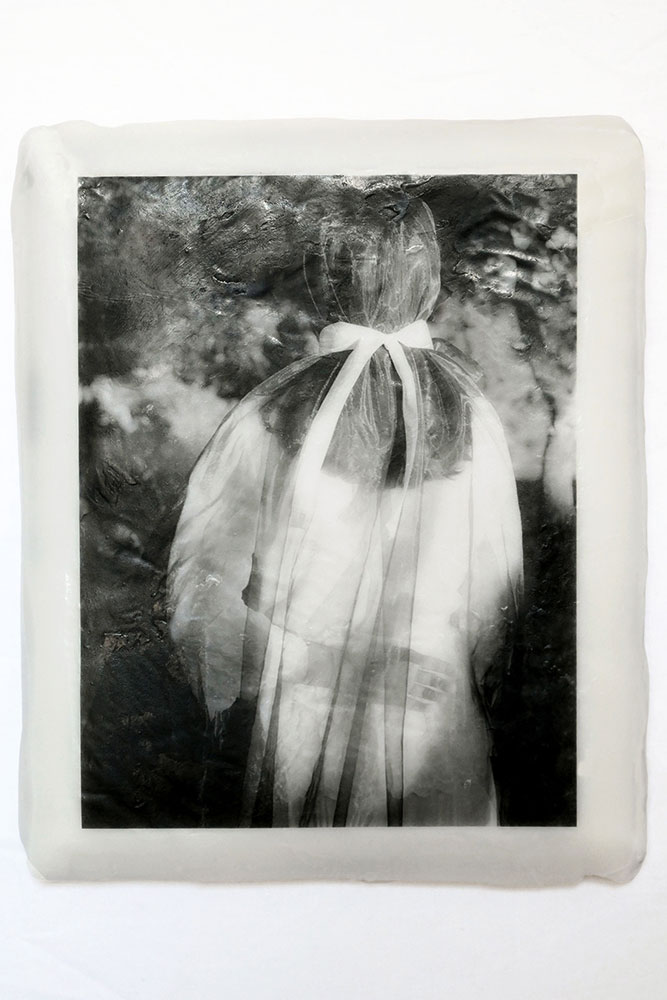
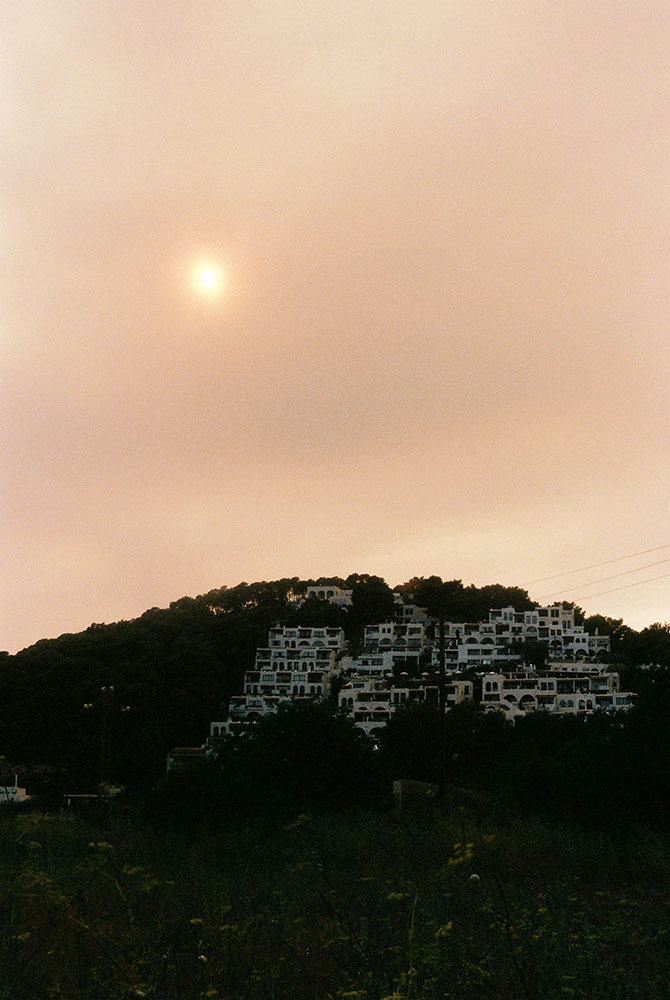
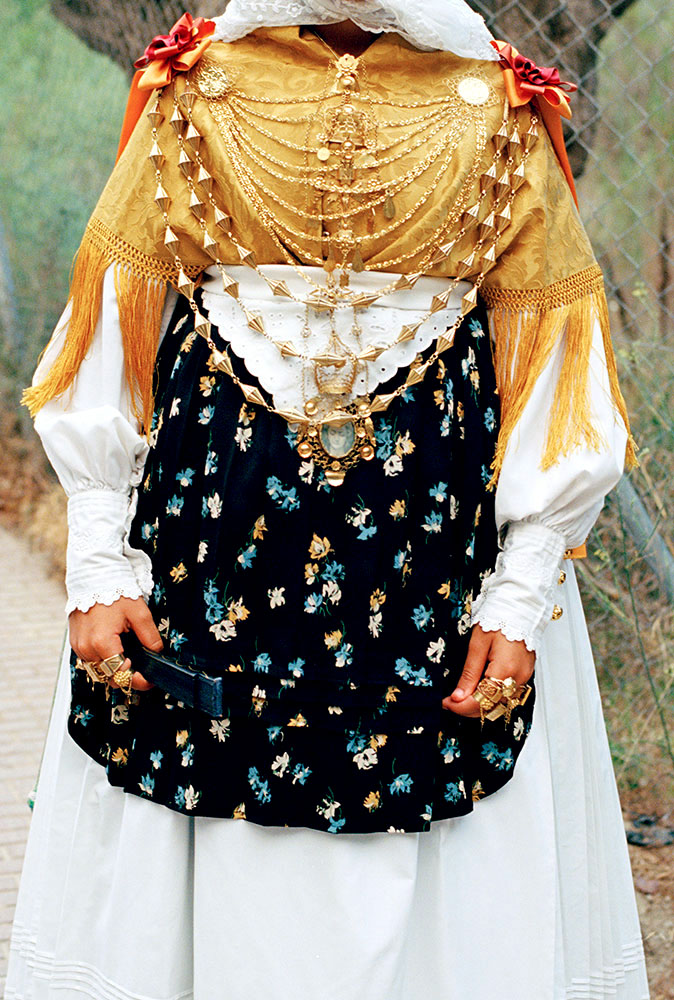
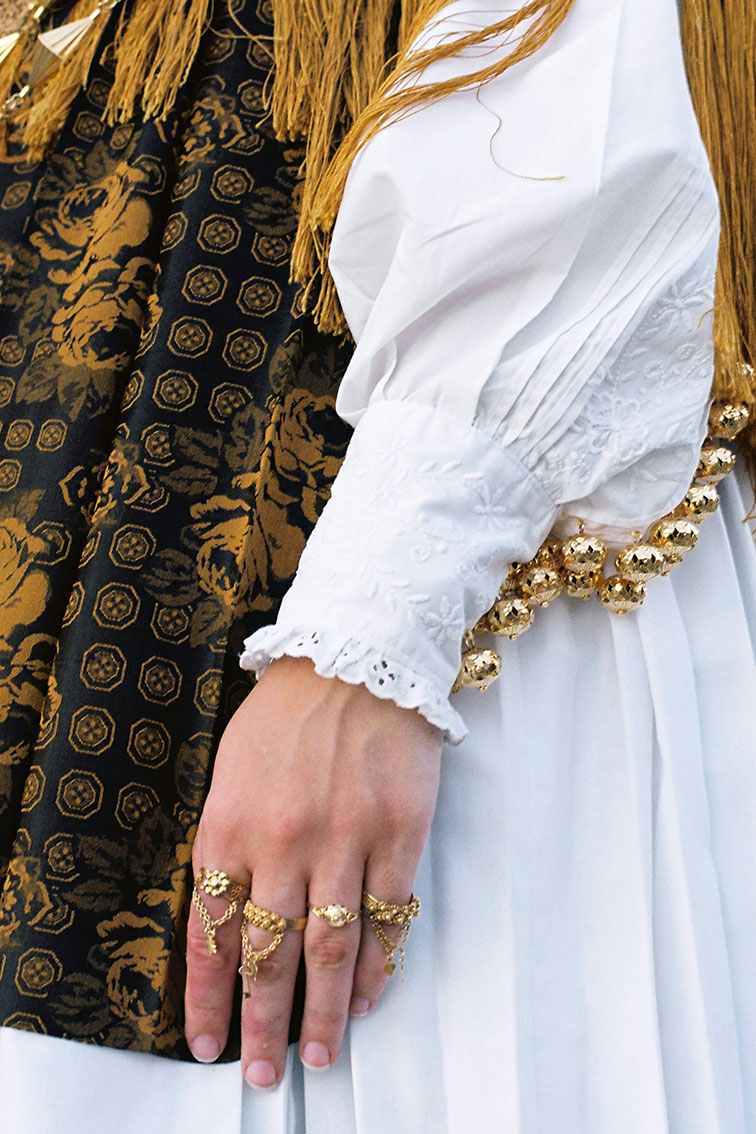
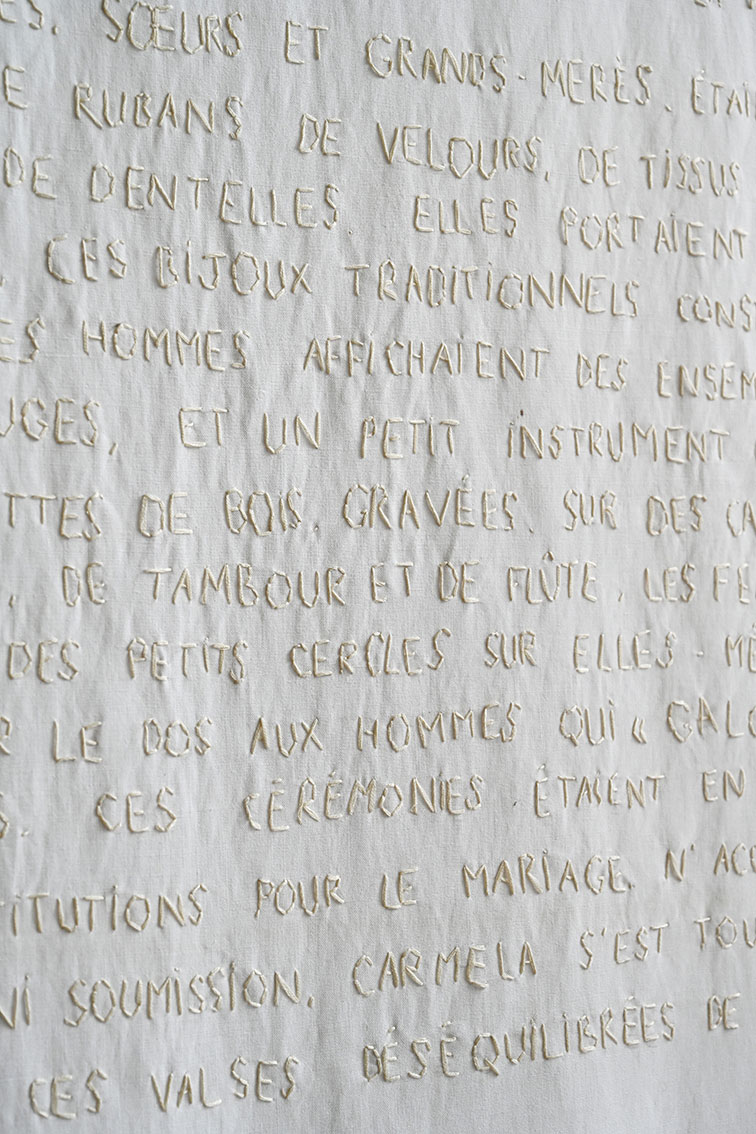
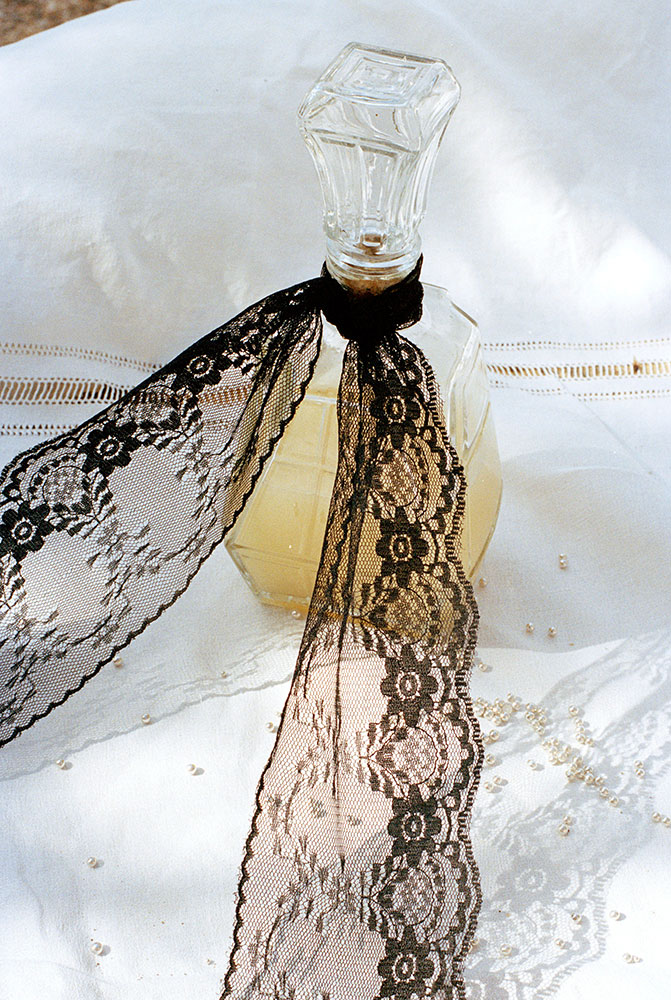
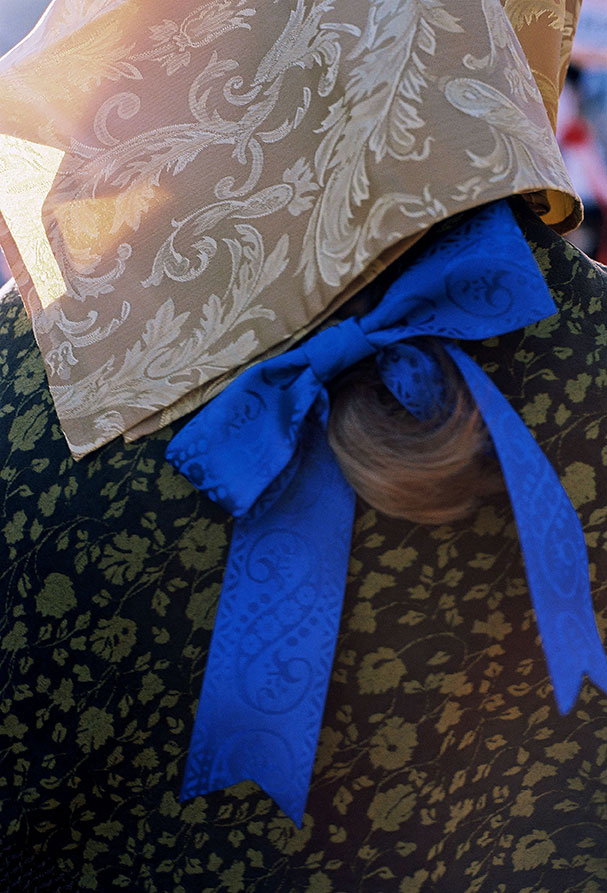
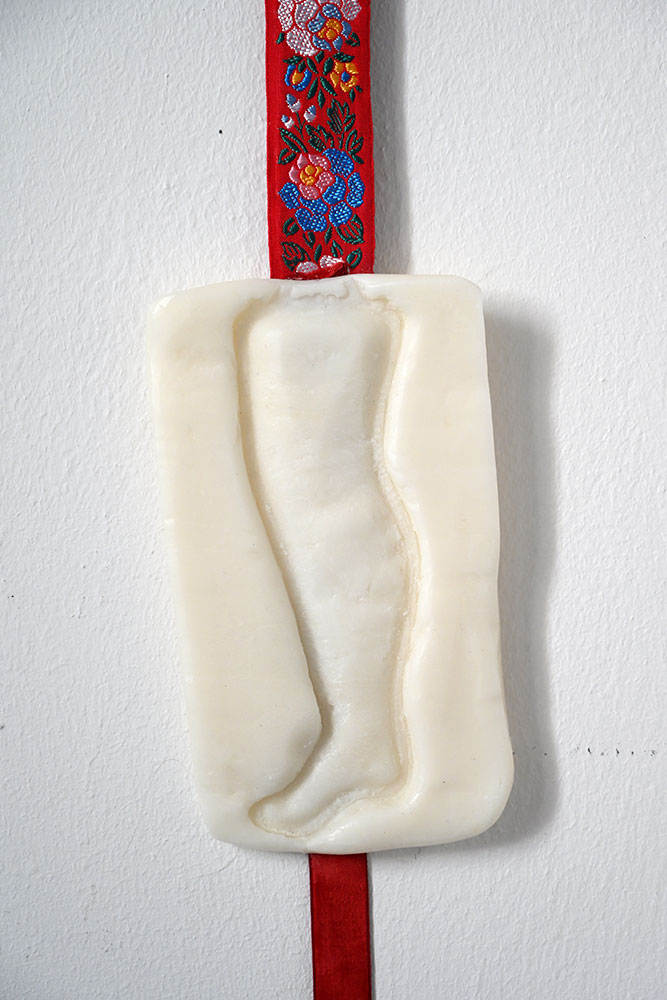
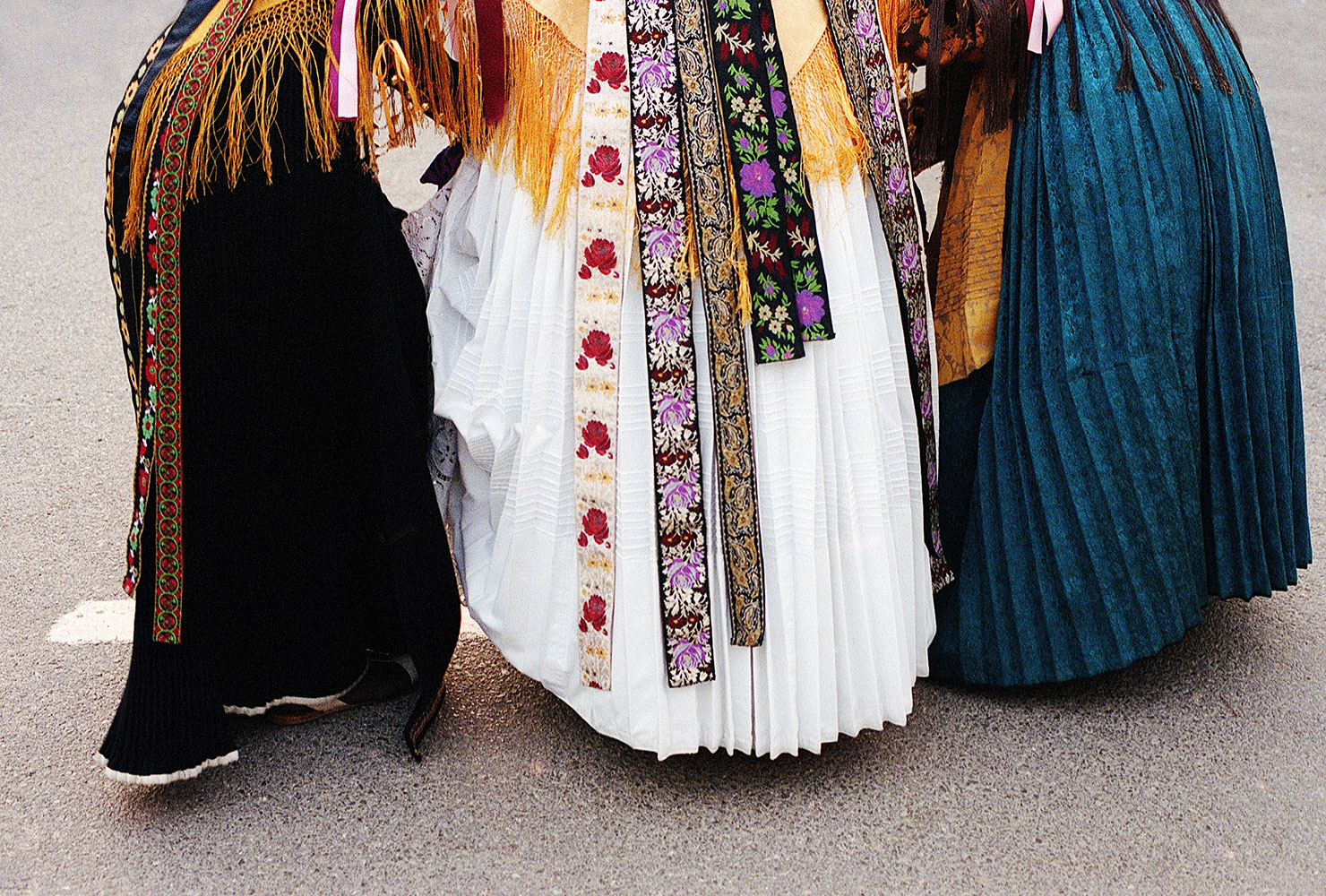
Un jour d’hiver, les amandiers pleins de fleurs, des pâtes de fruits sur la table, le poisson au four, sa mère lui demanda de s’asseoir. Elle lui présentera dimanche prochain son futur époux, un riche toréador de San Joan, veuf, abîmé par les cicatrices. Le lendemain, Carmela décida de se saisir des bijoux et d’aller en ville les faire fondre chez le bijoutier. Elle en garda une parure, la plus somptueuse, qu’elle cacha derrière les pierres de la citerne, dans un petit coffre andalou. Elle confia le secret de sa localisation aux pierres, elles qui sont là, qui observent depuis des siècles. Elle alla se coucher, avec l’argent, souffla sur la bougie, puis s’endormit. Le lendemain matin, la légende raconte qu’à la manière d’Icare, Carmela s’est fabriquée des ailes avec la cire des bougies de la maison, afin de s’échapper par le ciel. Elle disparut. Comme ce dernier, elle se serait approchée trop près du soleil, se serait brûlée les ailes, et aurait sombré dans les abysses de la Méditerranée. C’est alors que plusieurs dizaines d’années plus tard, Pépito, un pêcheur de l’île, a dit avoir aperçu, dans les eaux, une lueur, une paillette. Puis une queue, qui nageait là, pendant la nuit. Charmé, il plongea son filet, aussitôt happé par la masse : un corps endormi, à la peau laiteuse. Il dit avoir remonté le corps d’une sirène, d’une créature dont il a pris soin, jusqu’à ce qu’elle disparaisse de nouveau, laissant alors le souvenir du combustible.
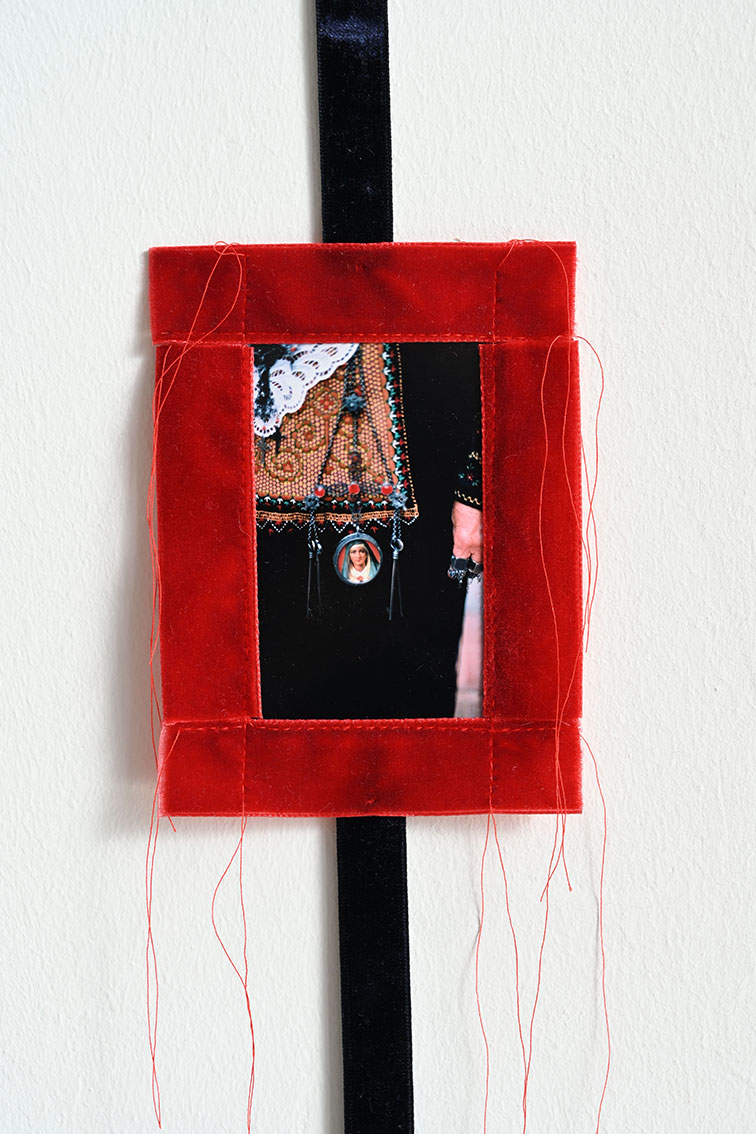
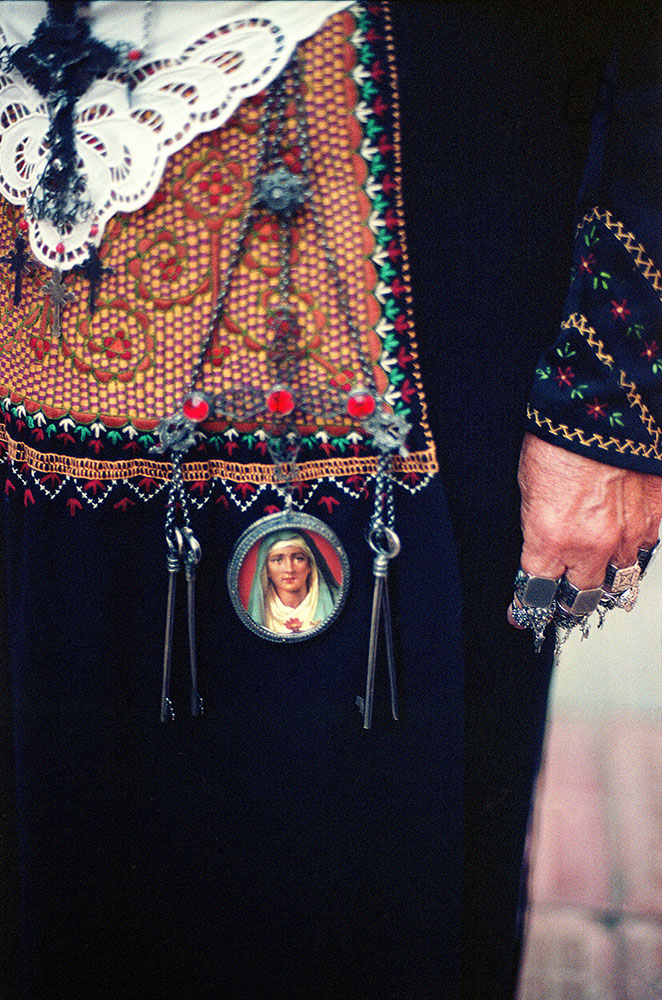
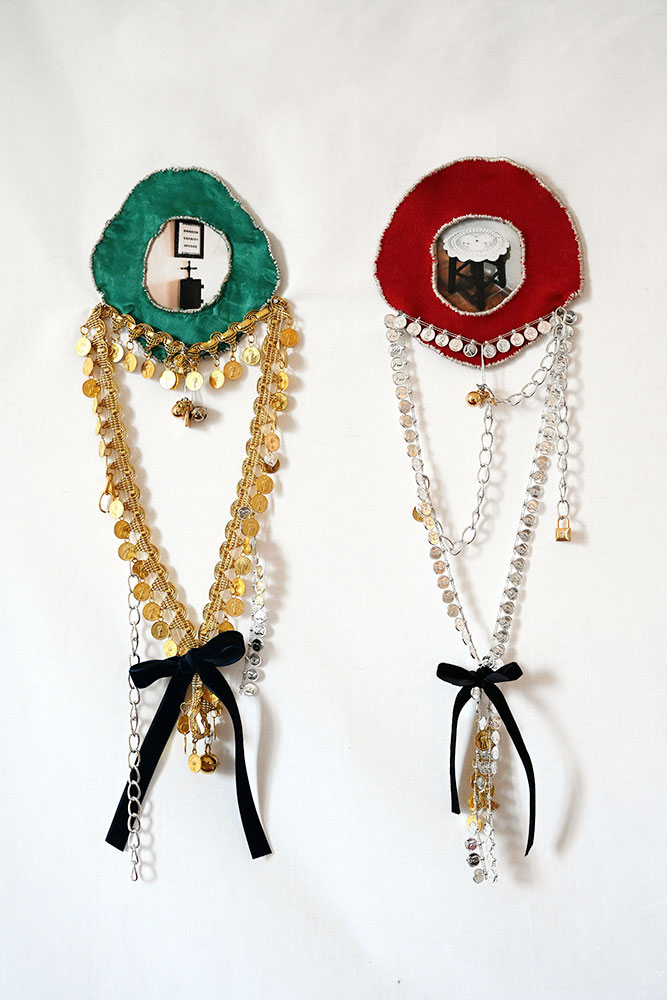
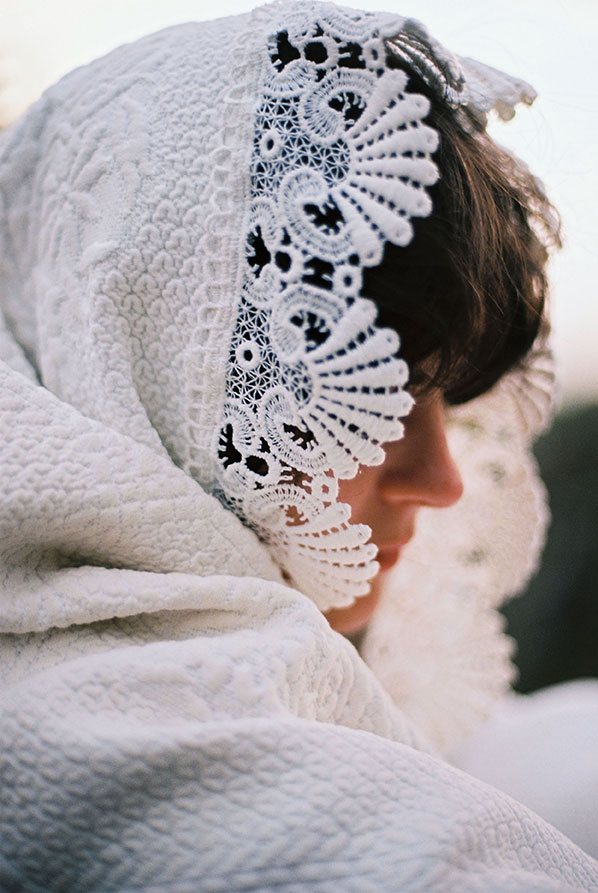
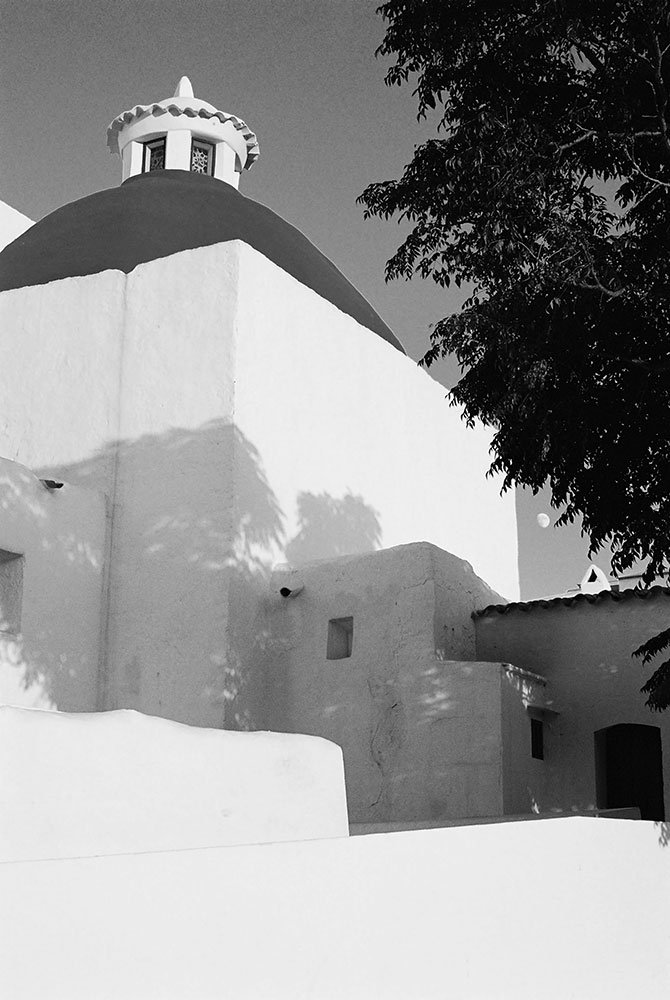
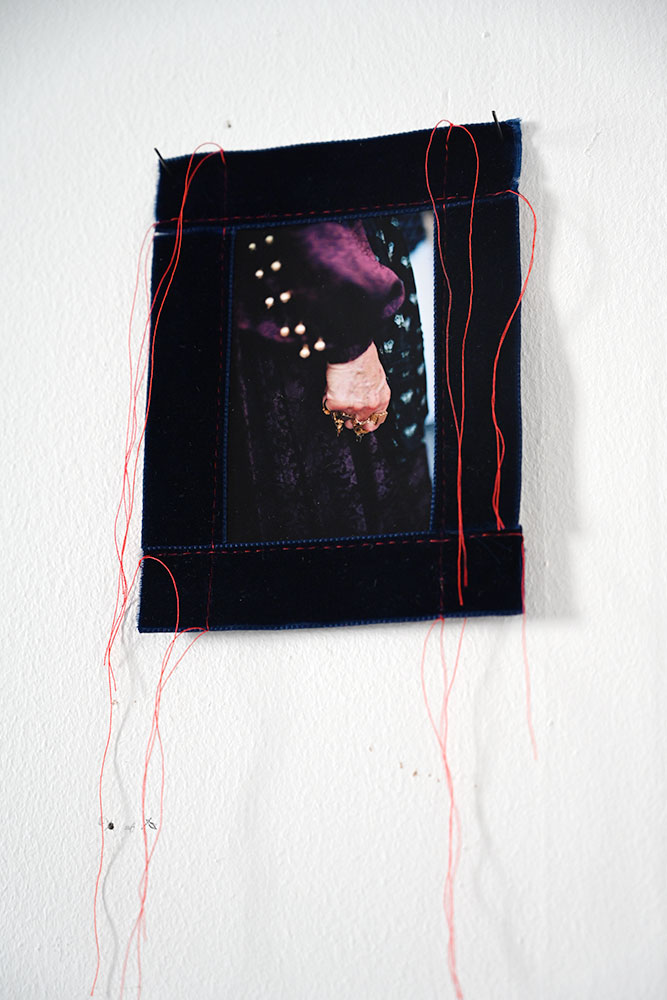
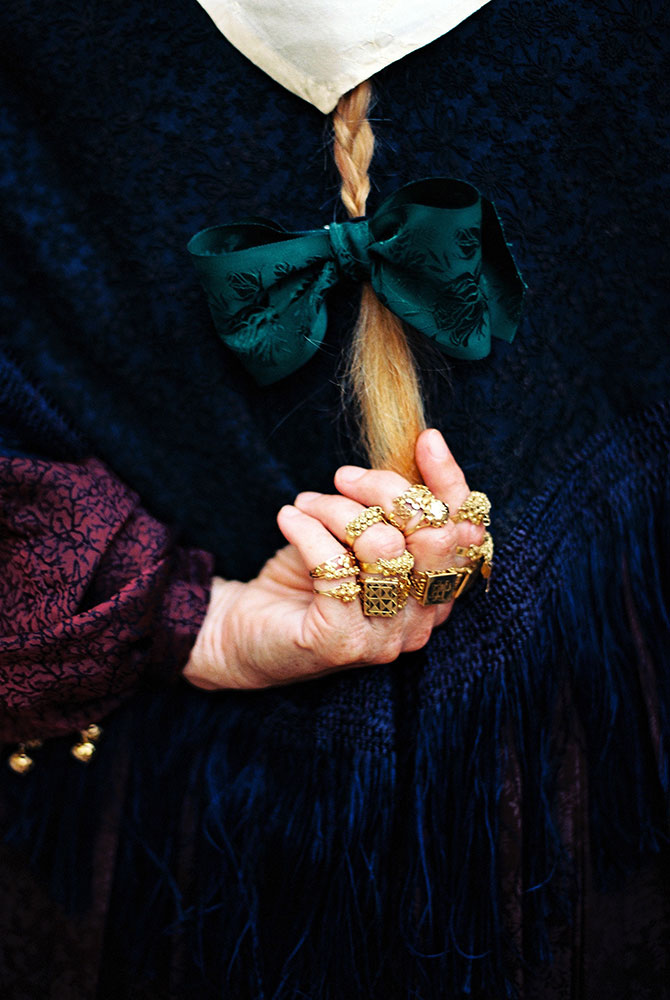
Chère Carmela,
Si tu reviens, tu nous diras où se trouvent les derniers emprendadas de l'île, ces bijoux d'or, d'argent et de corail que vous portiez tes soeurs et toi pendant les danses. Je ne parle pas des bijoux d'aujourd'hui, mais de ceux que tu as fondu pour en récupérer l'or et éviter d'épouser un homme que tu n'aimais pas. Ma grand-mère, que tu gardais autrefois, m'a dit. Je suis fière de toi. Je sais qu'il en reste une parure cachée dans un coffre derrière les pierres de la citerne. Tu as pris le secret avec toi. Mais les pierres savent ? Ou Pépito peut-être. Puis je ne te sais jamais loin. Que penses-tu des bals paysans d'aujourd'hui ? Les trouves-tu fidèles à vos cérémonies de mariage aux fontaines ? Et le vin doux, et les oreilletes ? Quid des femmes et de leur rôle dans la danse ? Que dirais-tu des cycles de ce monde, Carmela, toi qui t'es opposée au Franquisme et à ta famille. Que dirais-tu, de la perpétuation des traditions, pour le tourisme, pour la survie de ta communauté et de ses coutumes ?
Carmela, toi qui est l'un des esprits de cette île, l'une des âmes de ce lieu, peut-être parviendras-tu à redessiner certains contours de ces danses et à contribuer au combat pour la liberté des femmes et leur émancipation. Pendant ce temps, je prends soin de la maison.
Emma
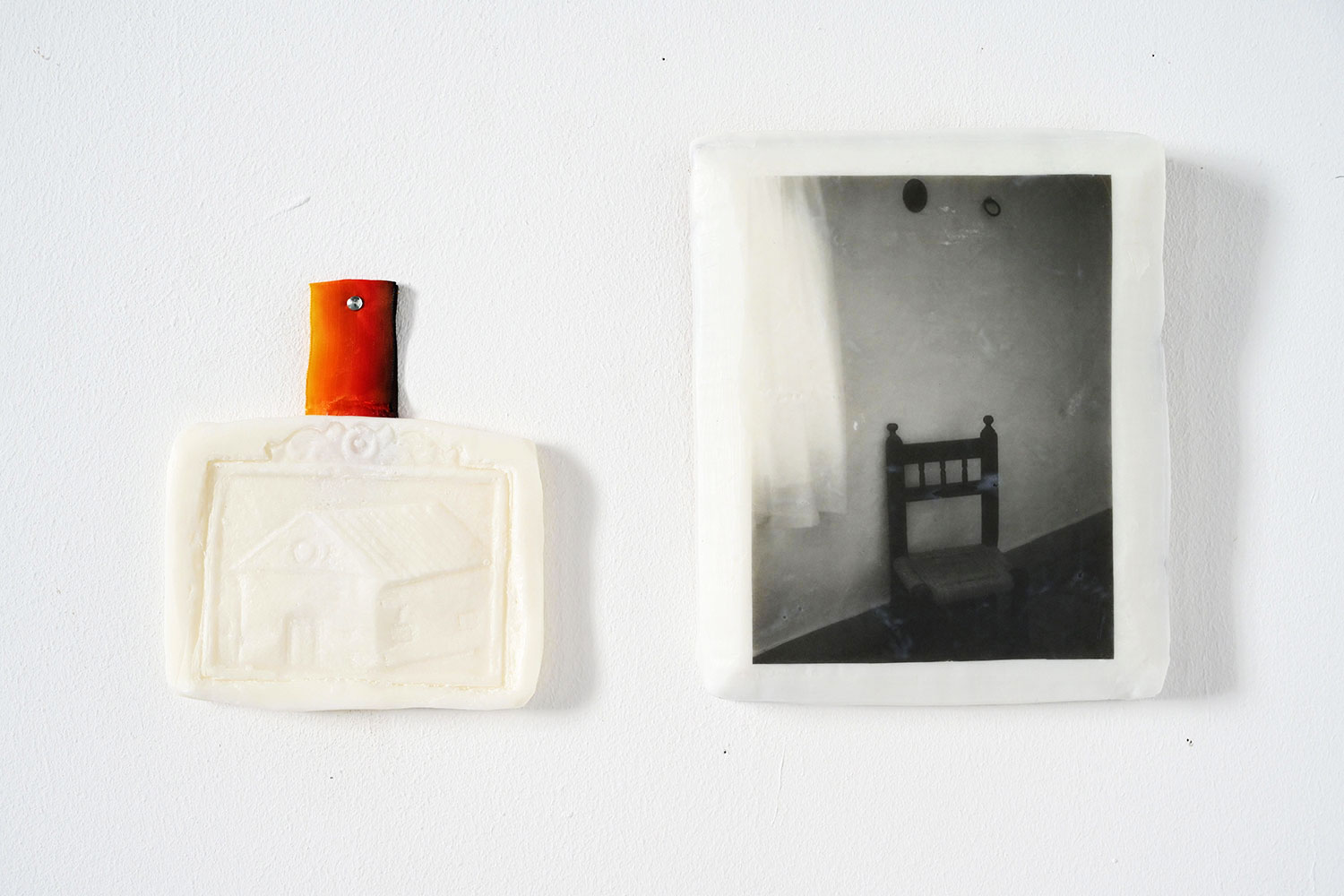
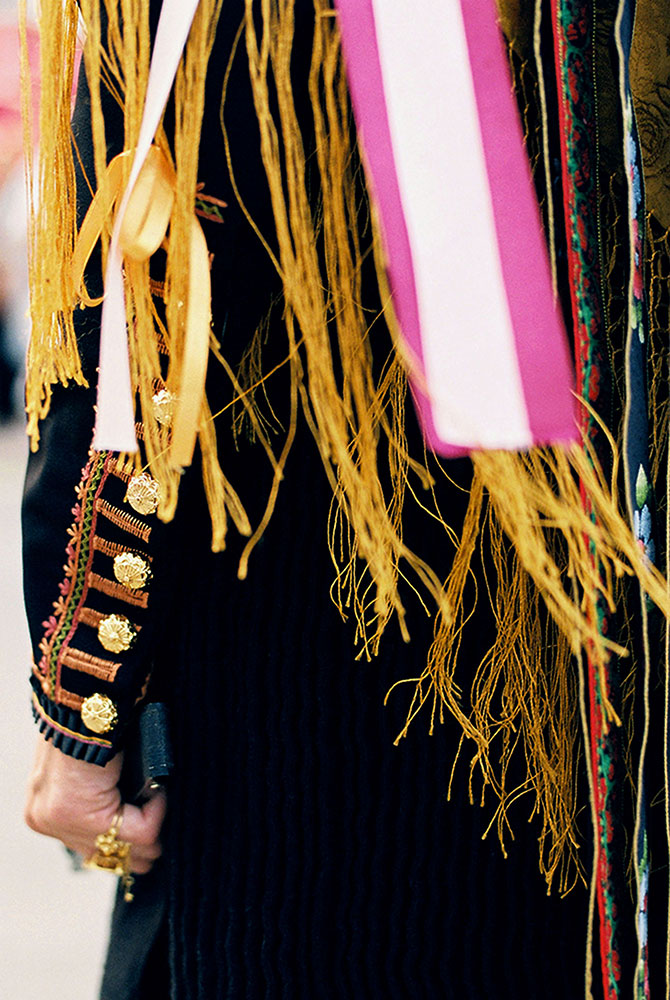
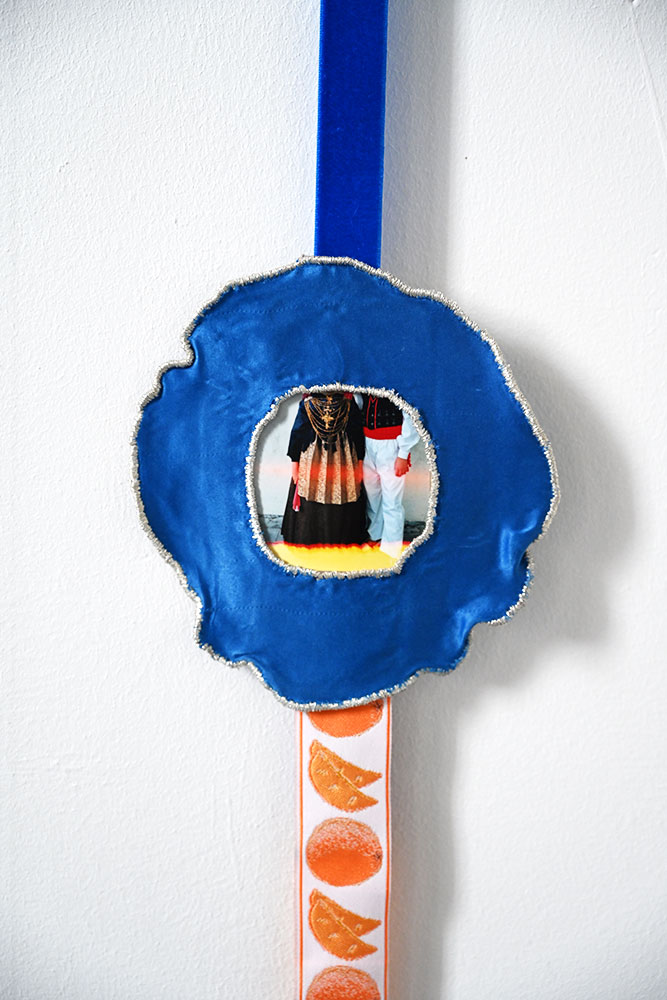
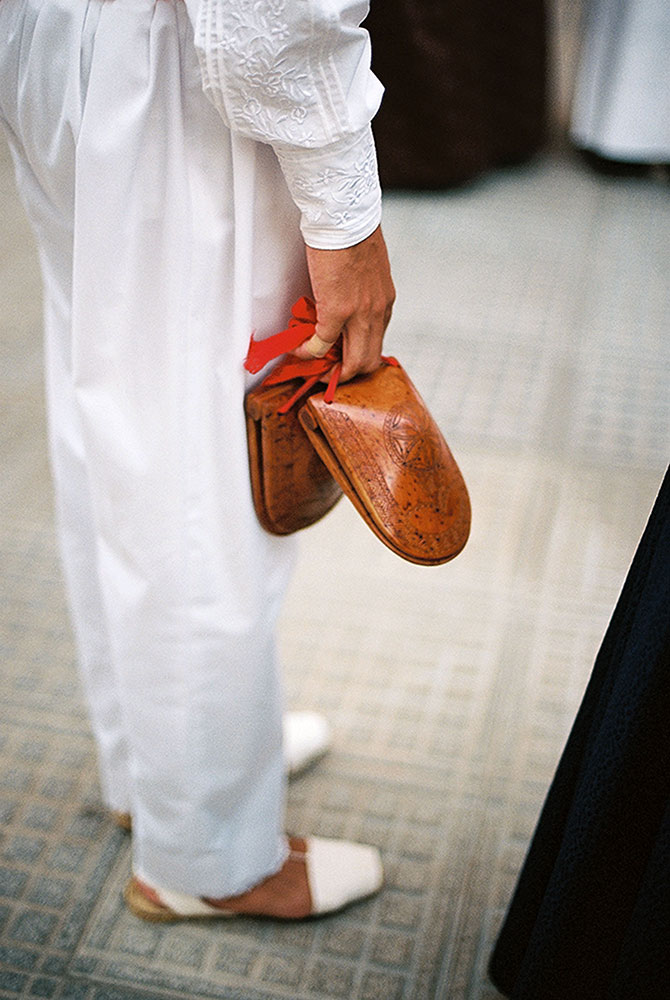
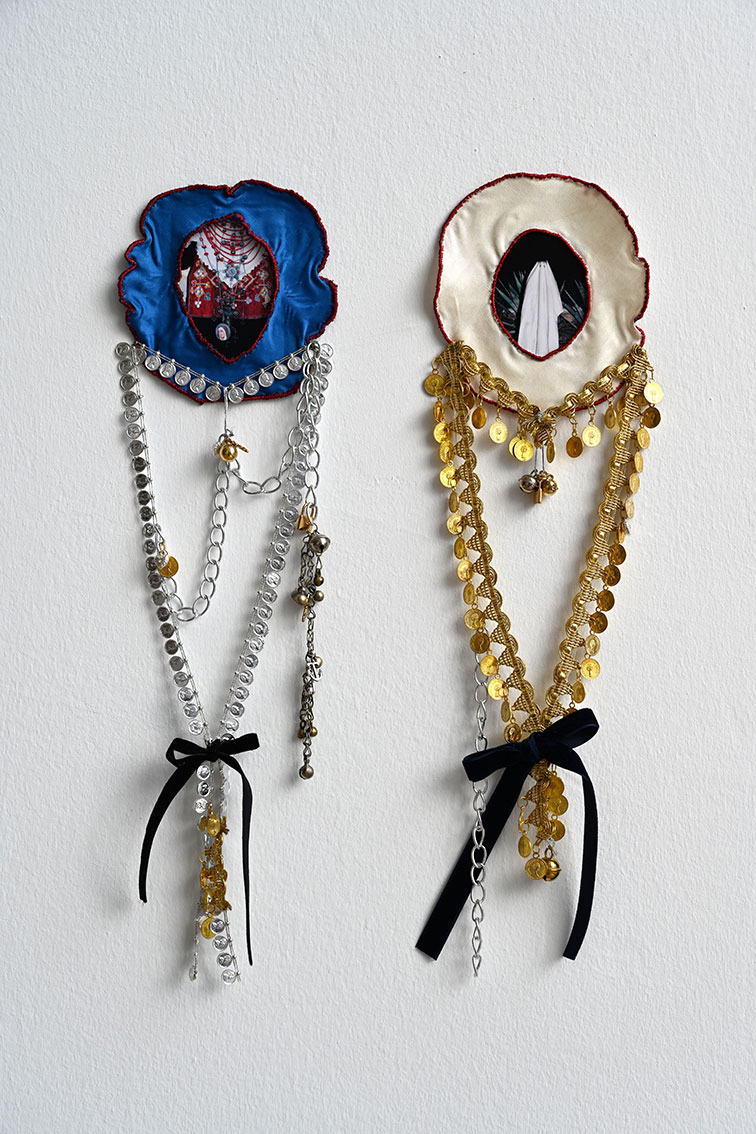
J'imagine qu'un jour Carmela répondra à ma demande ; elle me murmure dans l'oreille que les rôles, les codes et les déterminismes des bals paysans de son enfance sont intacts. Qu'aujourd'hui, aussi magnifique soit-il, le bal religieux, paysan et folklorique n'agit pas en faveur de l'égalité des genres. Il peut encore aujourd'hui, comme ce fut le cas pour Carmela, encourager les mariages précoces.

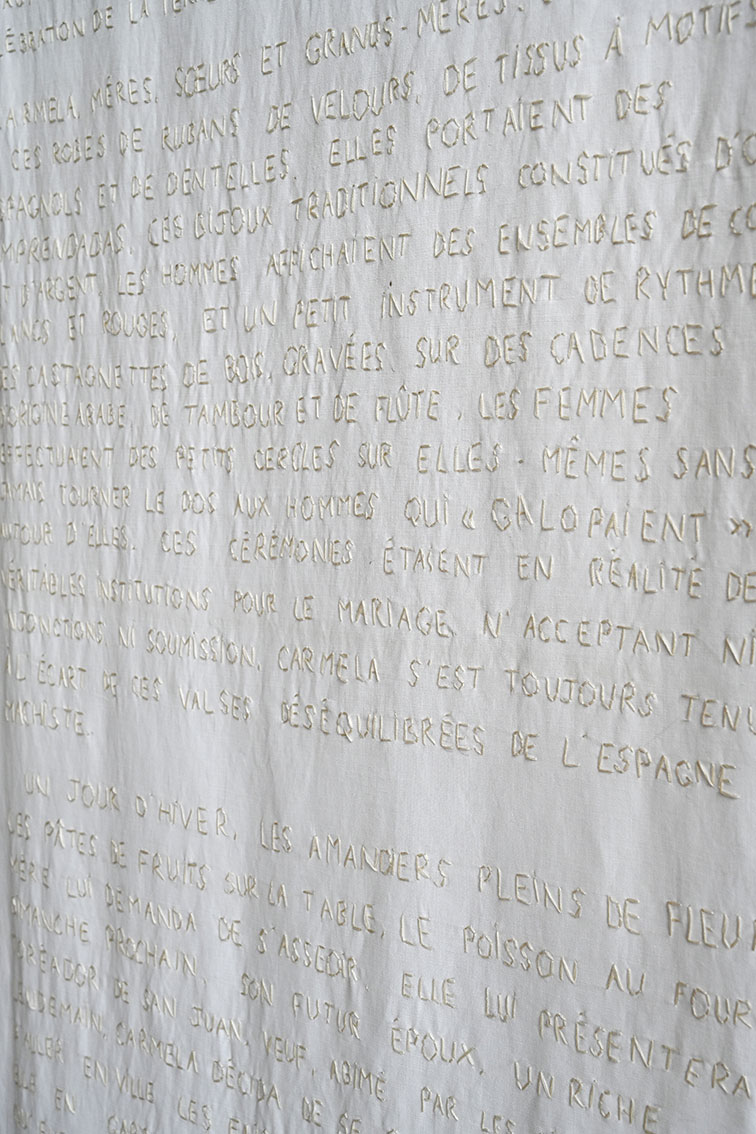
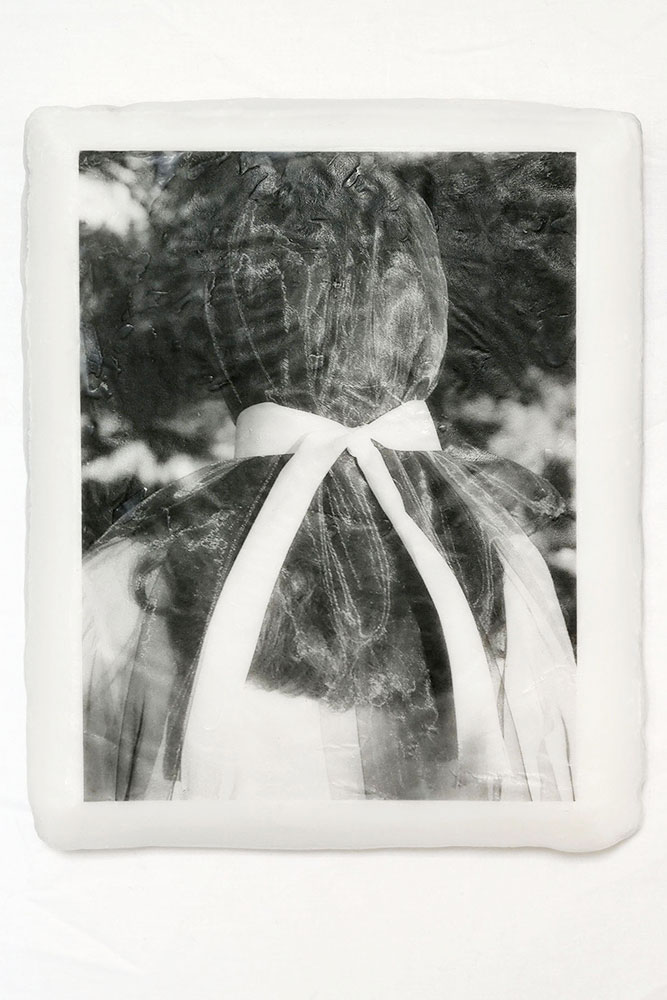
"(...) Sa passion pour les traditions orales et la culture populaire, l’amène à explorer et interroger la permanence de rituels folkloriques à notre époque contemporaine. Elle s’intéresse plus particulièrement aux bals dansants sur les rives de la Méditerranée et notamment à Ibiza, la terre familiale. Munie de son appareil photographique argentique, Emma Tholot étudie avec l’acuité d’une ethnographe, les costumes, les bijoux, les coiffures, les broderies, mais aussi les chorégraphies.
À partir de cette collecte presque documentaire, l’artiste imagine des récits intimes et sensibles flirtant avec les mythes comme celui de Carmela : la nourrice de sa grand-mère qui échappa à un mariage forcé grâce à des ailes en cire... Avec finesse et poésie, l’artiste sonde l’ambivalence de ces rituels ancestraux en donnant à voir l’envers du décor de ces cérémonies folkloriques, qui perpétuent une vision patriarcale de la société. La beauté des bijoux et des costumes ne doit pas faire oublier la hiérarchie des sexes que mettent en scène des chorégraphies où les jeunes hommes « galopent » autour des jeunes femmes à conquérir.
À la fois légende familiale et récit d’émancipation, Carmela (2022-) prend la forme d’une installation mêlant une grande diversité de médiums qui se répondent les uns aux autres. (...) Elle collecte les détails d’un décorum qu’elle recompose et rejoue à travers des dispositifs scénographiques inspirés du théâtre de rue, lui permettant de passer du documentaire à la fiction, de la réalité au conte. C’est comme si nous entrions dans les coulisses d’un décor d’une pièce prête à être jouée et où se lit la présence fantomatique de son personnage principal : Carmela.
Par delà sa fascination première pour le folklore et les croyances populaires qui peuplent les bords de la Méditerranée, Emma Tholot interroge ici la hiérarchie des sexes telle que les cultures la performent lors des rites de passage. L’artiste célèbre la résistance et le pouvoir de subversion des femmes à travers les histoires qu’elles racontent de génération en génération, comme pour conjurer le mauvais sort de la domination masculine."
Texte rédigé par la critique d’Art Sonia Recasens dans le cadre du 67ème Salon de Montrouge.
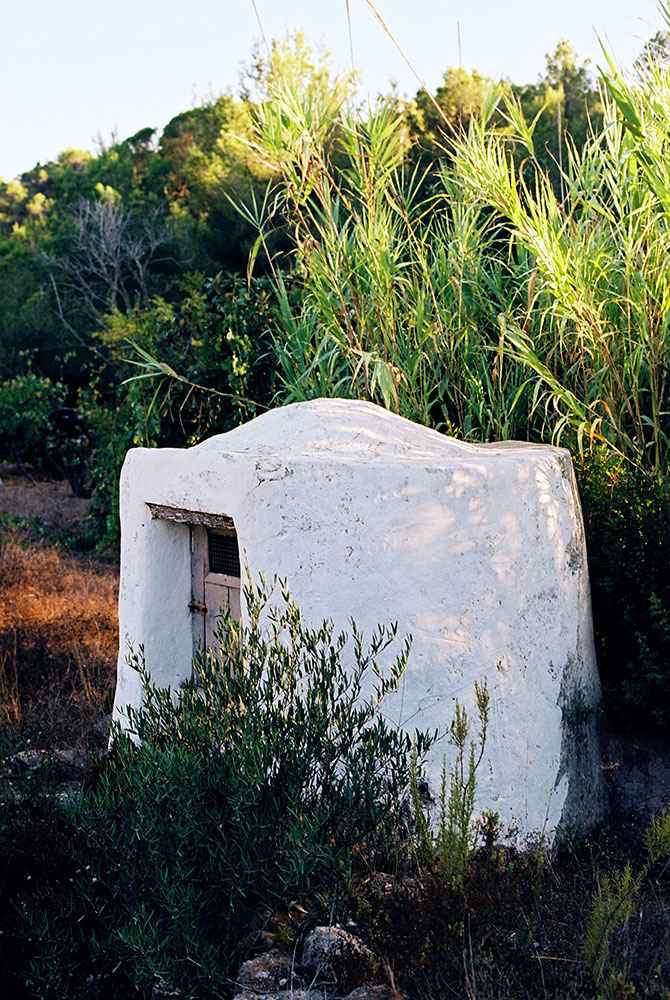
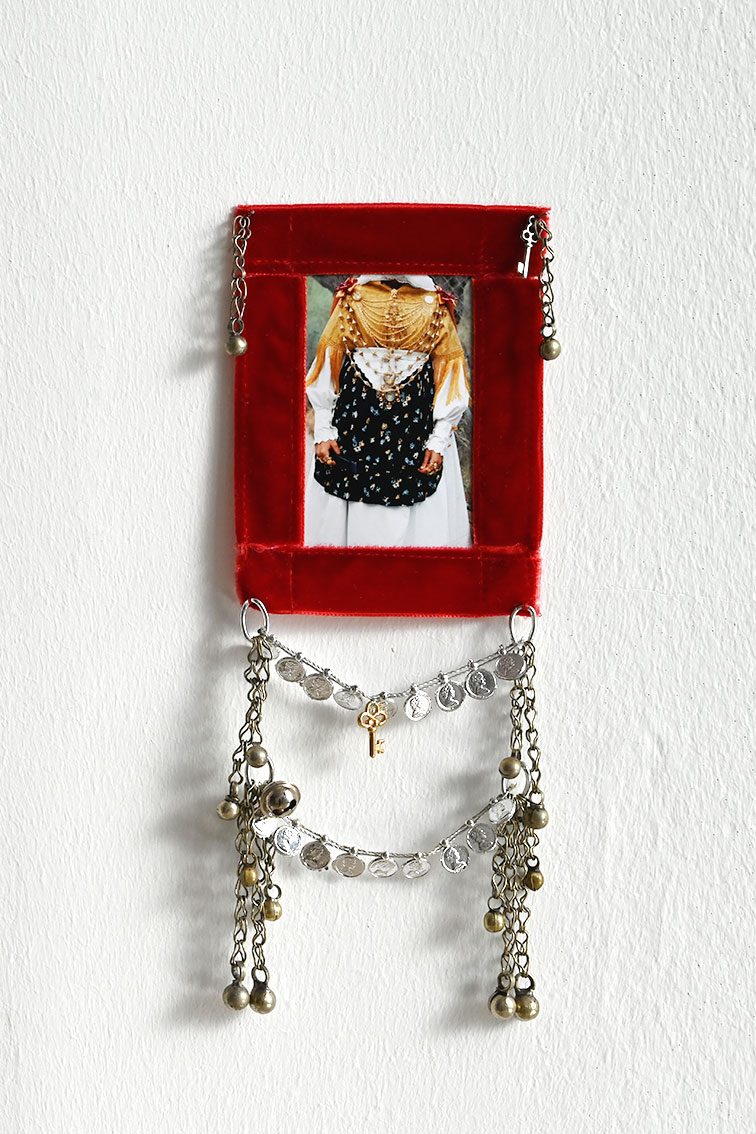
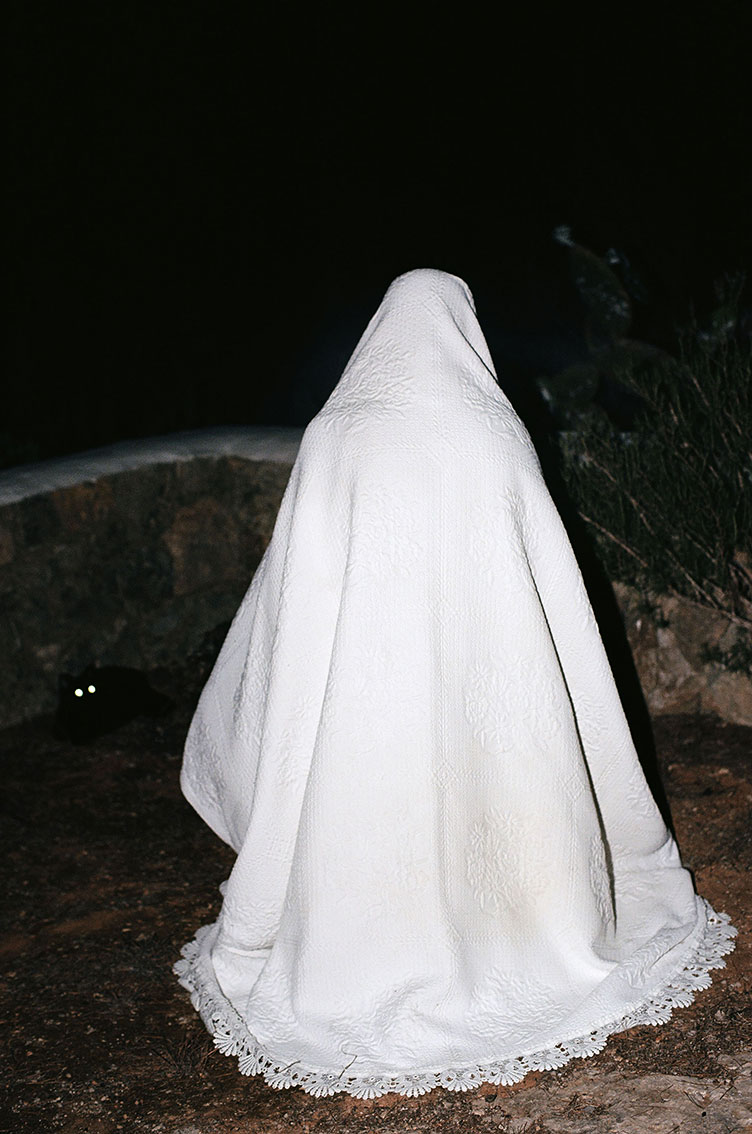
2019-2023 ~
Installation, matériaux et dimensions variables :
"Triptyque" - 3 photographies transférées sur cire, bois, métal, 20x25cm, 2022
"Que no salga la Luna" - Satin, fil métallique, métaux, rubans, 15x60cm, 2023
"Pies para que los quiero, si tengo alas para volar"- Coton, fil métallique, soie, 24x8cm, 2023
"Le marin et la sirène" - Broderie main sur drap ancien, structure en acier, 80x330cm, 2023
"Oro y manitas" - Video HD, 6', 2023
Série de 20 photographies, couleur, noir et blanc, 35mm avec encadrements velours et fil à coudre, 8x10cm, 2019-2023
Rubans et ex-voto transférés sur cire, dimensions variables, 2023
